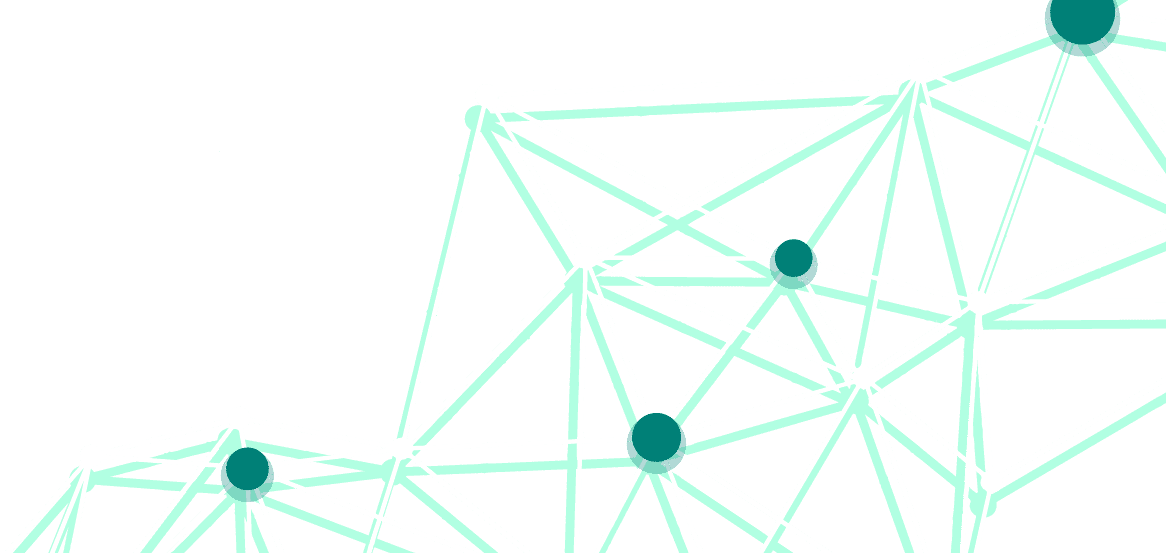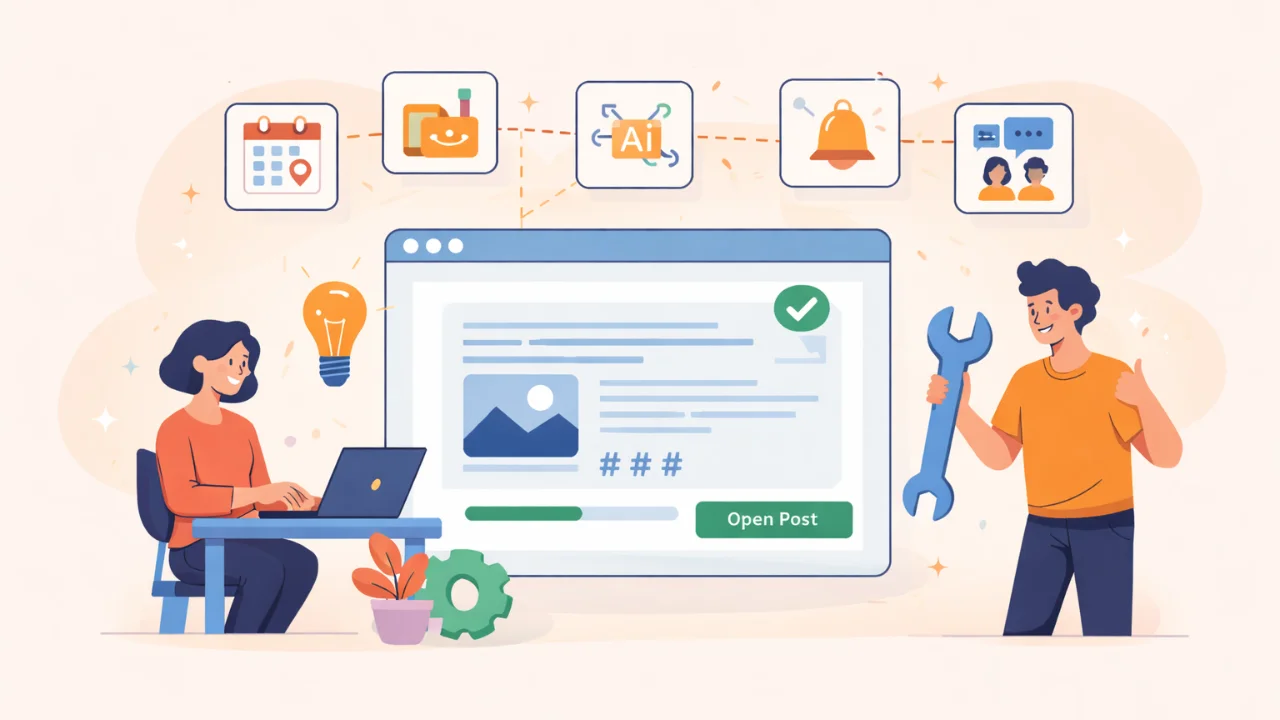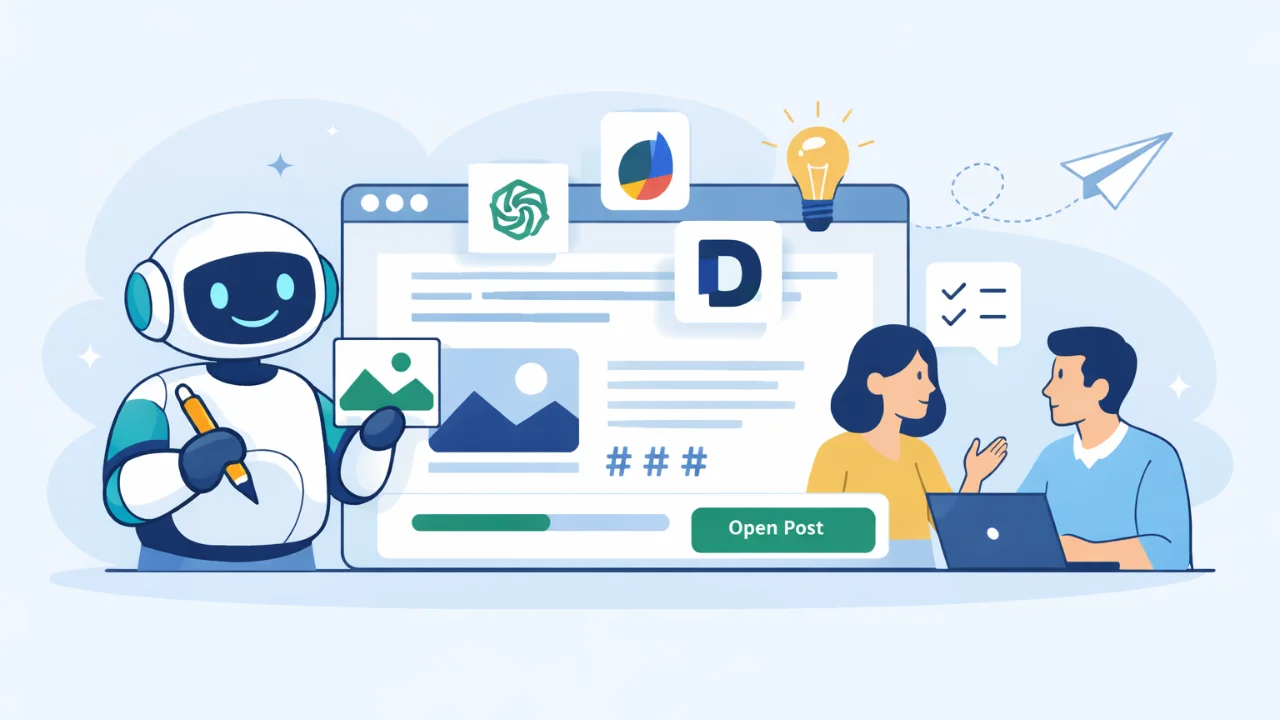In terms of the growth rate of new users, ChatGPT has already overtaken existing services. It is widely used both at work and at home. A full-time The New Yorker authors replaced themselves with a neural network trained on their texts. McDonald’s applied ChatGPT for adverts. Users of social networks take pictures generated by neural networks to illustrate their posts.
These are real examples, however, the scenario that AI-based chatbots take jobs is quite a fantastic one.
Employees should learn tools within their scope of work but not be afraid of ChatGPT. The chatbot does not have critical thinking and cannot act creatively to solve problems: you cannot use it to make strategic decisions. As a Forbes expert notes, programmers will ‘be supervising teams of robot programmers and doing things they still can’t do. For example, coming up with original ideas.’
ChatGPT helps automate routine tasks — for example — to reduce the costs associated with training and hiring support staff. Such chatbots can be used as an add-on, allowing people to focus on more complex and more ‘human’ tasks.
However, ChatGPT is a relatively new technology, and its capabilities are likely to evolve and improve over time. Businesses will automate internal processes. Users will implement AI tools as their assistants.
The ways a business can profit from ChatGTP
A brief overview of the industries that will face AI-related changes.
Copywriting and public relations. ChatGPT can set several criteria and generate a unique text of a press release on their basis, an online store card, or a post on a social network. Besides, a chatbot can generate a list of ideas for articles and pitches in a few seconds.
Communication with clients. A ChatGPT-similar AI can analyze customer interactions across all communication channels (phone, email, messages, and social networks) and compile scripts and responses based on the analyzed data. It is an opportunity to draft an ideal answer to a customer’s question or complaint.
Sales. ChatGPT can be used to improve the sales department performance: to communicate with “cold” customers, and to answer FAQs (for example, around the clock in an online store).
Training. ChatGPT will not be able to replace a teacher in a classroom, however, it can certainly help a teacher prepare for classes. Education professionals spend almost 50% of their working time planning lessons, and with ChatGPT this process can be automated.
Healthcare. With the right requests, ChatGPT can create templates for filling out medical documents, medical histories, and charts. A medical specialist can edit it after that. It reduces the time needed to communicate with a patient.
How Companies use ChatGPT — examples
Expedia
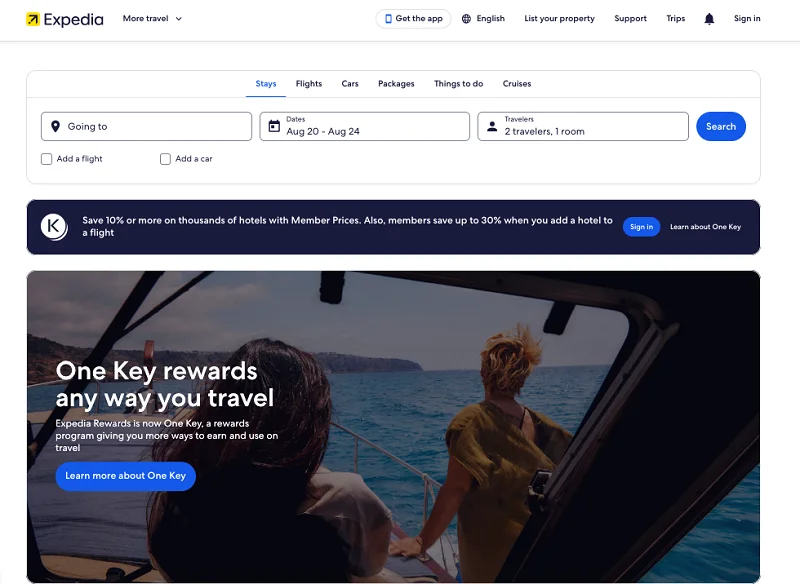
Expedia, a travel planning application, has integrated conversational artificial intelligence into its services. Clients plan vacations by communicating with the chatbot Travel agent. In addition, the app automatically drafts lists of hotels and attractions most likely to interest tourists.
Onlypult
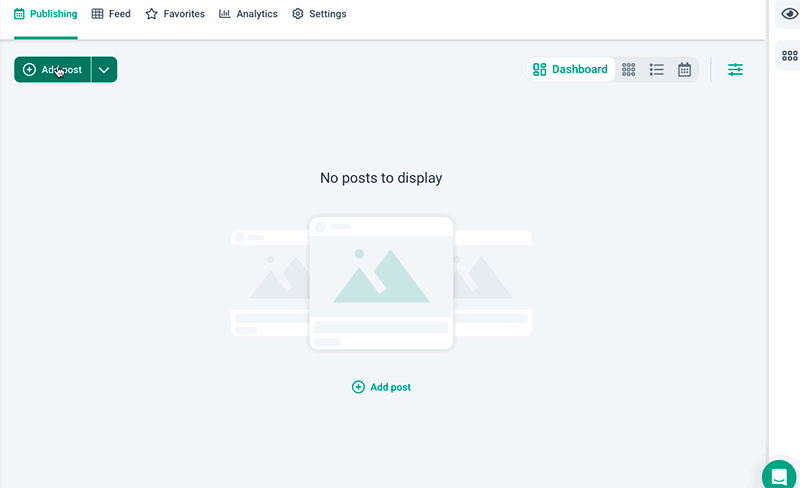
Onlypult is a platform for working with social media. Using AI, you can generate up to 3 post options for publishing on social media. If you wish, you can add hashtags or emojis and specify the writing tone: from formal to inspiring or motivational.
Duolingo
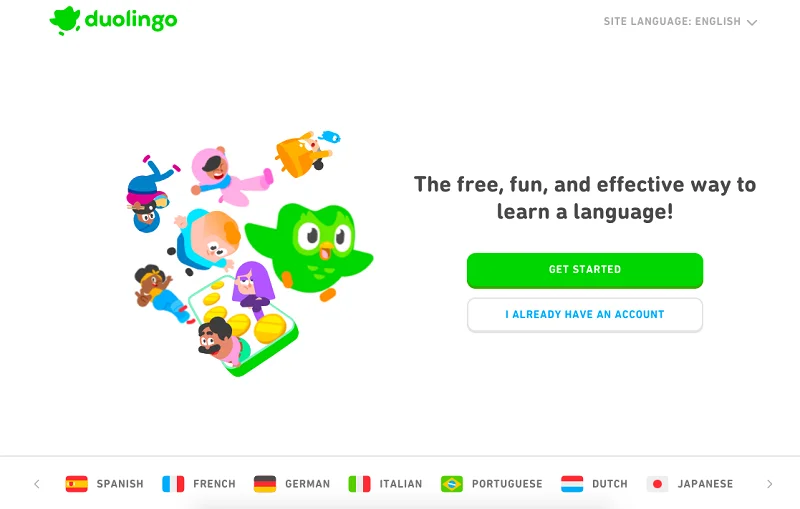
The Duolingo service specializes in teaching foreign languages. The company has released two new features based on GPT-4. Duolingo Max acts as a tutor and explains to students the mistakes they made in test tasks. Another feature helps with speaking practice. A user can choose any mascot and master communication skills: for example, order drinks from a coffee server. Each of those mascots has its own story, character, and language features.
Slack
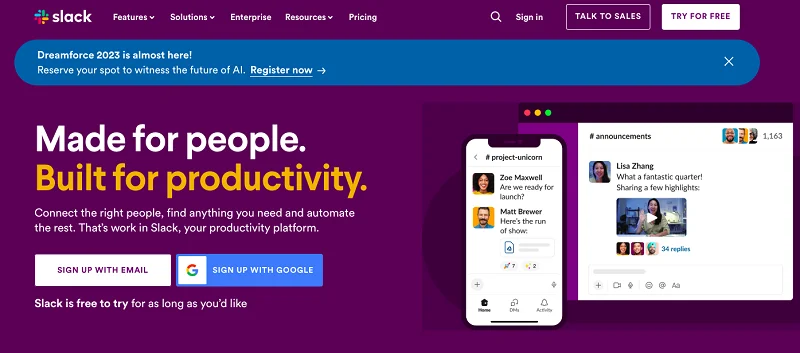
Corporate messenger for collaboration. The company has launched an app that allows you to use the ChatGPT capabilities to manage workflows. Users get an assistant at their disposal who is always ready to answer questions and suggest how best to promote the projects they are working on.
Freshworks
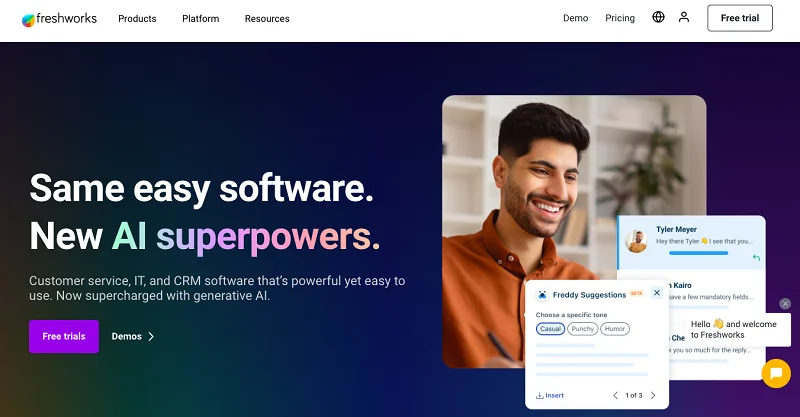
Freshworks specializes in software development. Thanks to the introduction of ChatGPT, the company managed to reduce the time for app production. The chatbot knows several widely used programming languages, including C++, Python, and Javascript. It also acts as a mentor, explaining how the code it made works, and can find errors if something goes wrong.
Udacity
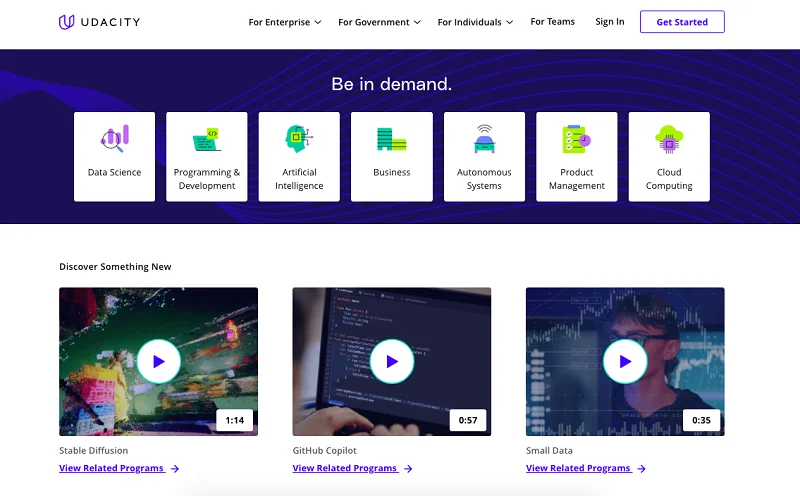
The Udacity online course platform has created a virtual tutor who gives individual recommendations and feedback to students. It helps to cope with hard-to-do tasks by providing detailed explanations that can be adapted to each student.
Thus, there are many ways to use ChatGPT — from data analysis to assistant duties. The main directions are as follows:
- Communication with customers
Chatbots of online stores and services that answer FAQs, help to find out delivery information, and choose the right product on request.
- Running social networks and creating advertising campaigns
As a marketing tool, this free ChatGPT is extremely useful. It helps find topics for posts and articles and can propose the right title for materials. The service manages advertising and email newsletters. It is useful when searching for information.
- Personal assistant
This way of ChatGPT involvement is especially relevant for those who need to search, process, and structure information. It is also suitable for personal purposes: for example, it will make a training plan or help improve the level of English. It is perfect for making a daily schedule and managing meetings.
- Creating presentations
An app with inbuilt artificial intelligence for creating reports, presentations, and responses to customer requests is a confirmation of the versatility of this tool.
- Data analysis
AI can quickly and accurately process large amounts of data, allowing organizations to extract valuable information and make data-driven decisions, and analysts profit from time-saving through delegating repetitive and monotonous tasks.
Conclusion
The versatility and capabilities of ChatGPT make it a valuable tool for solving a wide range of business tasks in the coming months and years.
The synergy and capabilities of human and artificial intelligence allow us to achieve optimal results.
Specialists and companies who understand the promises of ChatGPT and — at the same time — work with its limitations will enjoy quick growth. For example, specialists can find the optimal work-life balance since it will become possible to semi-automate routine and repetitive tasks, free up time, and focus on strategically important things.
This technology continues developing, and companies like OpenAI will spare no effort to improve their products and increase efficiency.


